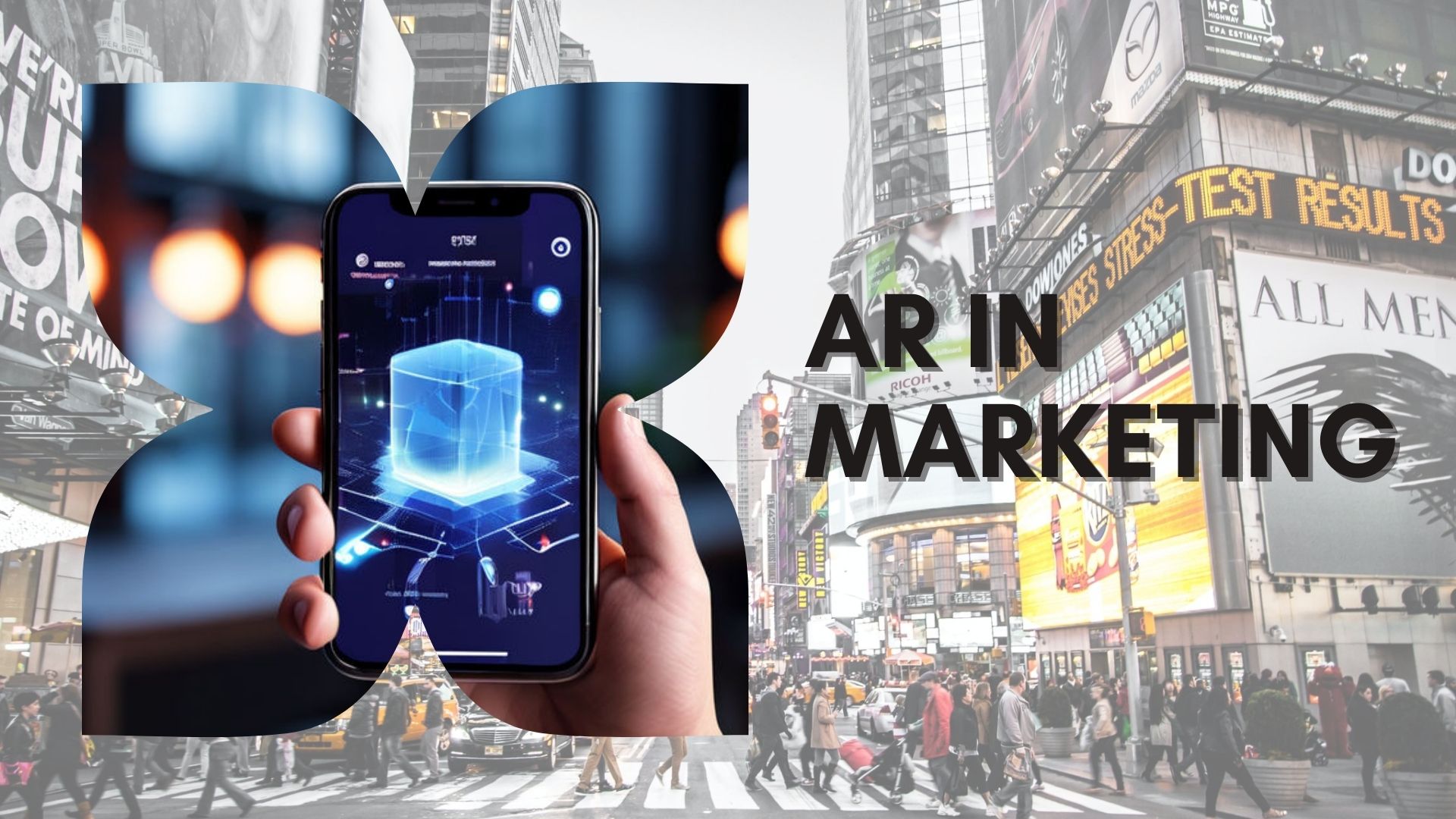
You know what they say. There’s only three certainties in life: death, taxes, and unskippable ads. Like it or not, advertisements are the bridge toll we pay to access the bevy of free apps and services we know and love. Although it seems counterintuitive, consistently delivering ads usually works so long as it’s the right people at the right time. But as a marketer, the last thing you want to do is annoy your audience and leave a bad taste in their mouth. Instead of impatiently waiting to move on with their lives, what if consumers saw an ad, did a double take and asked, “Wait a minute, what’s this all about?”
RETHINK ADVERTISING
Our co-founder, Jen, was featured on Cheddar earlier this month to discuss AR’s upcoming impact on advertising. As the world continues to change, firms of all industries are on the hunt for new mediums to reach their audiences. Traditional advertising works, there’s no doubt about it. However, let’s face it, the year is 2020 and consumers’ attention spans aren’t growing any longer. An average window for piquing a potential customer’s interest is a fleeting 8 seconds. Rather than come up with a funny skit or otherwise reinvent the wheel, it’s about time we think outside the box — enter augmented reality’s appeal to advertisers.
As time passes, younger generations are becoming increasingly aware of the technology. As of 2020, over 70% of people ages 16-44 know about AR and what it can do. This suggests that AR is officially moving beyond novelty tech and solidifying its position as a powerful tool for everyday use. Given AR’s multi-platform, mobile-friendly nature, now is as good a time as any to hop aboard.
Individually tailored augmented reality is the next step in advertising, and will only become more prominent as consumer hardware like AR glasses mature and become mainstream. Personalized ads will no longer be cooped up in your phone and begin to fill the empty space around you. Imagine common ad spots like billboards and bus stop benches that appear differently to a 17 year old female from SoCal than a 35 year old male in New York. Physical advertising has its limitations and will eventually move beyond a one-size-fits-all strategy. With its infrastructure evolving by the day, AR is the bridge that will connect the real and virtual worlds in the years to come.
MATCHES MADE IN HEAVEN
Product showcasing is perhaps the most common form of modern AR available to consumers. As previously mentioned in our retail discussion, augmented reality is the ultimate try-before-you-buy simulator, freeing consumers from the burden of commitment ultimately resulting in fewer returned items and creates product matches made in heaven. As of 2020, 61% of consumers prefer retailers with AR experiences and 71% of consumers would shop more often if products are featured with AR. Visualize an entire catalog of furniture, apparel, etc. and even order the best fit directly from the app.
MAGICAL MYSTERY TOUR
The summer of 2016 took the world by storm as AR made its breakout performance via Pokemon GO. Phones in hand, we stepped outside and wandered the world in search of virtual critters. Global brands took notice of this phenomenon and decided to create their own AR-enhanced journeys. Imagine transforming your world into an interactive Waze map, with common landmarks enhanced by AR. Footpaths to items on your wishlist are now highlighted in-store. Restaurant entrances now feature popouts of popular dishes and Yelp reviews. Augmented reality takes daily tasks and errands and upgrades them with a supportive digital overlay.
Brands that embrace AR are creating unforgettable experiences, earning themselves premier places in consumers’ hearts in the process. The possibilities are seemingly endless and our team is here to help Create The Future Experience™ and cheer on others with the same mission.








